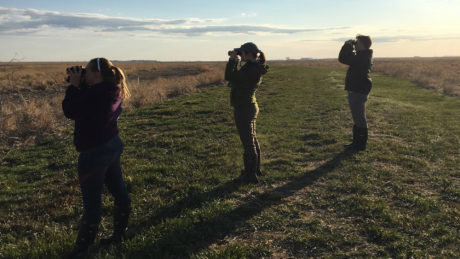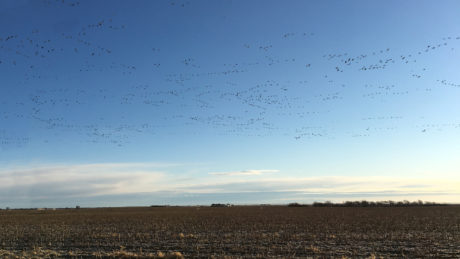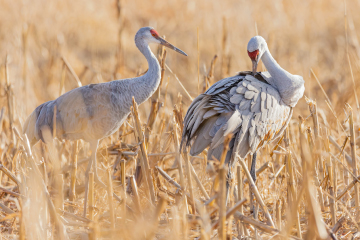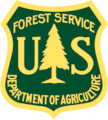Fourth Year of Waterfowl Surveys
The Rainwater Basin Wetland Complex (RWB) in Nebraska is the focal point of spring waterfowl migration. Each spring, millions of ducks and geese stopover in this region during their northward migration. Based on population objectives and waterfowl foraging requirements, the Rainwater Basin Joint Venture (RWBJV) estimates 60,000 acres of wetland habitat are needed to support migrating waterfowl, more than double the current amount available in a typical year. In 2016, the RWBJV partnership developed a waterfowl monitoring project. Data from this project will help us learn about the what, where, when, and why of waterfowl habitat selection in the spring. This project will also help the Joint Venture meet objectives that are outlined in the RWBJV Implementation Plan and the RWBJV Research, Inventory, and Monitoring Plan.

Beginning in 2017, Ducks Unlimited and RWBJV staff have collected data each year, from mid-February to mid-April. At sample wetlands, observers count numbers of waterfowl for each species, local wetland conditions (e.g., percent inundation, vegetation patterns), and other variables. Each wetland is being surveyed at least three times a week between sunrise and sunset.
Our fourth year of data collection for spring waterfowl surveys in the Rainwater Basin wrapped up in April. We had a very successful season this year, completing over 3000 surveys on 259 wetland footprints. Despite cold temps and snow early on, our crew counted over 1.3 million ducks, geese, and swans. While conditions were not as wet as 2019, we recorded nearly 500,000 more birds this year; our largest survey year to date. Snow geese represented 48% (approx. 623k) of the total observations, including multiple surveys with tens of thousands of snow geese recorded. The number of dabbling ducks observed increased to nearly 557,000 this year compared to 352,000 in 2019. However, the number of diving ducks observed decreased to nearly 71,000 this year compared to approximately 200,000 in the 2019 dataset, though still a great increase from 2017 and 2018. Interesting observations from the season include 1-3 dozen trumpeter swans observed on Sora Wildlife Management Area over a week. Other noteworthy species include a handful of cinnamon teal and grebe species observed throughout the season.

Photo of Snow Geese by Dana Varner
We recently completed a preliminary analysis using data from the first three survey years. Results indicated that both dabbling and diving ducks selected larger, rounder wetlands with less cropped area in the footprint. Variables such as geographic location (measured by latitude and longitude) and human disturbance were less important. New models that include our fourth year of data and additional habitat variables are in development.
Great Plains Landscape Conservation Cooperative and U. S. Fish and Wildlife Service (USFWS) Inventory and Monitoring funds are being used to cover the costs of this project. Housing, vehicle use, fuel, and equipment are provided by several partners including the USFWS (RWB WMD and HAPET), the Nebraska Game and Parks Commission, Ducks Unlimited, and the Nature Conservancy
















